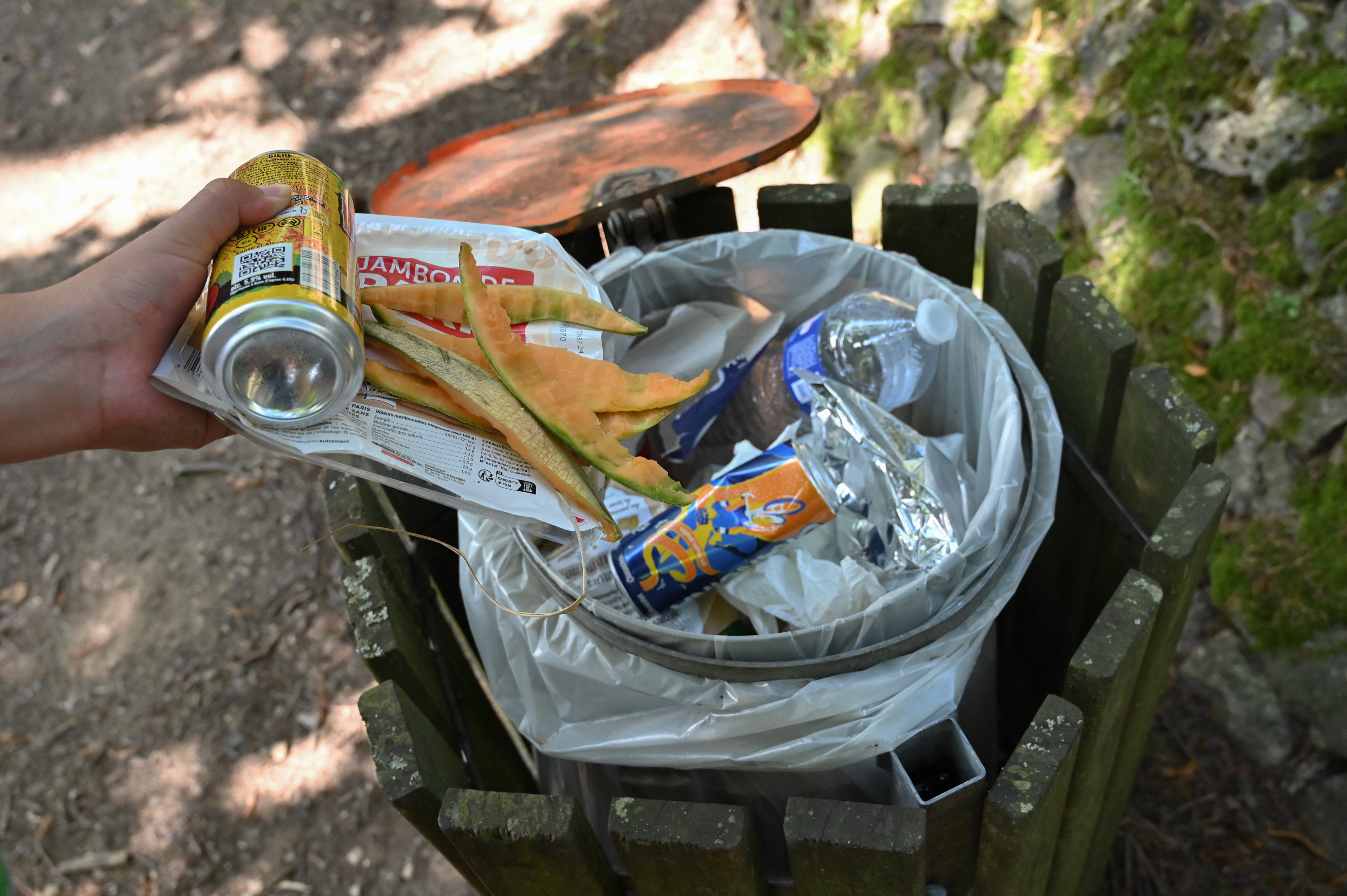Scientists and chefs are trying to convert leftovers into gourmet meals using a mould which is fast emerging as a solution in the fight against food waste.
A new research paper argues that neurospora, a type of fungus that converts food waste into flavourful, high-protein ingredients, could offer a sustainable alternative to traditional food sources.
The fungus is already used in Indonesian cuisine to make a fermented product called oncom, and it is now being repurposed in Western kitchens to tackle food waste.
It works by breaking down indigestible plant materials, such as leftover grains and soy pulp, and converting them into digestible, high-protein food within just 36 hours.
Researchers say this process not only reduces the environmental impact of food waste but also creates new culinary experiences.

Unlike some other moulds that can produce harmful toxins, Neurospora intermedia is found to be safe and effective, making it a valuable tool in sustainable food production.
Food waste is a global crisis, with a staggering roughly 1.3 billion tons per year – one-third of all food produced globally – discarded every year, according to the World Food Programme.
A recent paper by Vayu Hill-Maini, a Miller postdoctoral fellow at UC Berkeley published in the journal Nature Microbiology, provides detailed insights into the genetic and chemical processes involved in transforming plant waste into food using Neurospora.
The study shows the mould’s ability to grow on a variety of agricultural by-products, including almond hulls and apple pomace, without producing harmful toxins.
“Our food system is very inefficient,” says Mr Hill-Main, who is the chef-turned chemist leading the research on using Neurospora fungi.
“What happens to all the grain that was involved in the brewing process, all the oats that didn’t make it into the oat milk, the soybeans that didn’t make it into the soy milk? It’s thrown out.”

Click Here to Read the Full Original Article at The Independent Travel…
